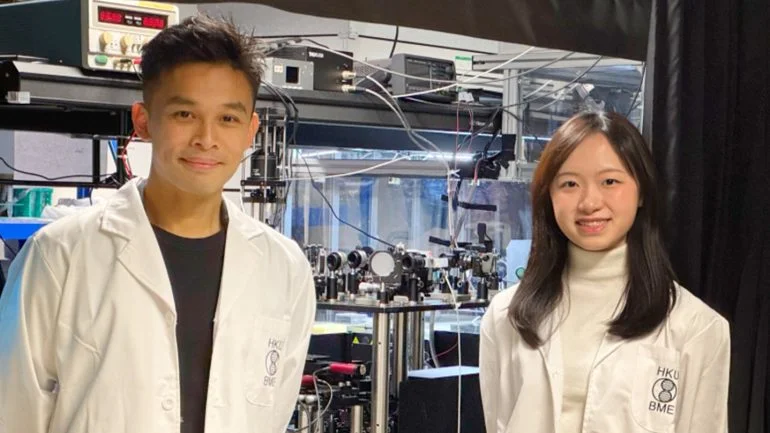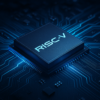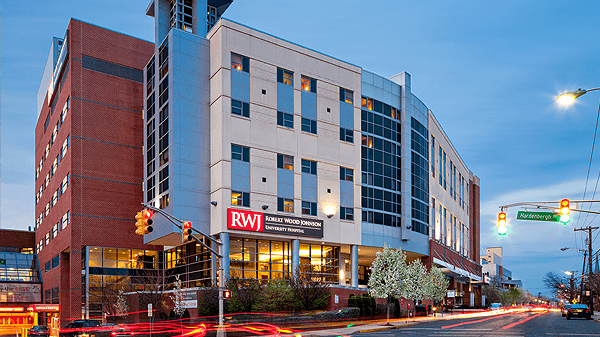A team of researchers from the University of Hong Kong (HKU) have developed an artificial intelligence driven that helps improve the accuracy of cancer diagnosis.
Announced on Monday, the tech is called Cyto-Morphology Adversarial Distillation (CytoMAD), and it uses microfluidic technology for ‘label-free’ imaging. It gives clinicians the ability to examine tumour cells individually and determine the risks for spreading, or metastasis.
The research, led by Kevin Tsia, program director of the Biomedical Engineering Program at HKU Faculty of Engineering, has shown CytoMAD’s effectiveness in lung cancer diagnosis and drug testing. Tsia partnered with the Li Ka Shing Faculty of Medicine and Queen Mary Hospital to conduct the research.
CytoMAD’s AI capabilities correct inconsistencies in cell imaging, improve images. It also extracts critical information, ensuring reliable data analysis and diagnosis.
The team’s work has been published in the journal Advanced Science. Additionally, the work includes collaborations with HKU Med associate professor James Ho, and cardiothoracic surgeon Michael Hsin.
The CytoMAD tool addresses the ‘batch effect’ challenge, where technical variations can impede cell morphology interpretation.
“This technology allows us to capture cell images at great speed. Every day tens of millions of images can be generated,” Tsia said.
“Therefore, leveraging this single system, we are in a unique position, among many AI innovations, to accelerate the advanced AI R&D – from training, optimisation to deployment.”
CytoMAD’s deep-learning model and ultrafast optical imaging bypass machine learning limitations. The effect is the acceleration of drug screening and lung cancer diagnosis with a time-efficient, label-free method and generative AI.
Read more: Breath Diagnostics onboards new president and closes critical financing
Read more: Breath Diagnostics pioneers novel lung cancer breath test
Artificial intelligence will play a big role in cancer treatment in the future
Artificial intelligence is transforming cancer care by improving diagnosis, personalizing treatment, and enhancing patient outcomes. AI-driven models analyze complex datasets to detect cancer with remarkable accuracy, often outperforming traditional diagnostic methods.
For instance, Harvard Medical School’s “Chief” model evaluates various cancer types from digital tumour slides. Furthermore, it has achieved up to 96 per cent accuracy in specific cases.
In treatment planning, AI also predicts patient responses to therapies, helping doctors tailor interventions more effectively.
AI also plays a significant part in enhancing medical imaging by detecting tumours with greater precision than human radiologists. These advancements are changing oncology, enabling earlier detection, more targeted treatments, and better overall care for cancer patients.
For example, tech startups Imidex and Qure.ai use deep learning to analyze medical imaging. Specifically, their tech identifies potentially malignant lung nodules years before symptoms appear.
Meanwhile Tempus AI Inc applies AI to genomic and clinical data, helping doctors personalize cancer treatments.
Artificial intelligence also plays a crucial role in non-invasive diagnostics, with companies like Kentucky-based Breath Diagnostics Inc. using AI algorithms to analyze breath samples and identify disease-specific patterns for early lung cancer discovery.
.













